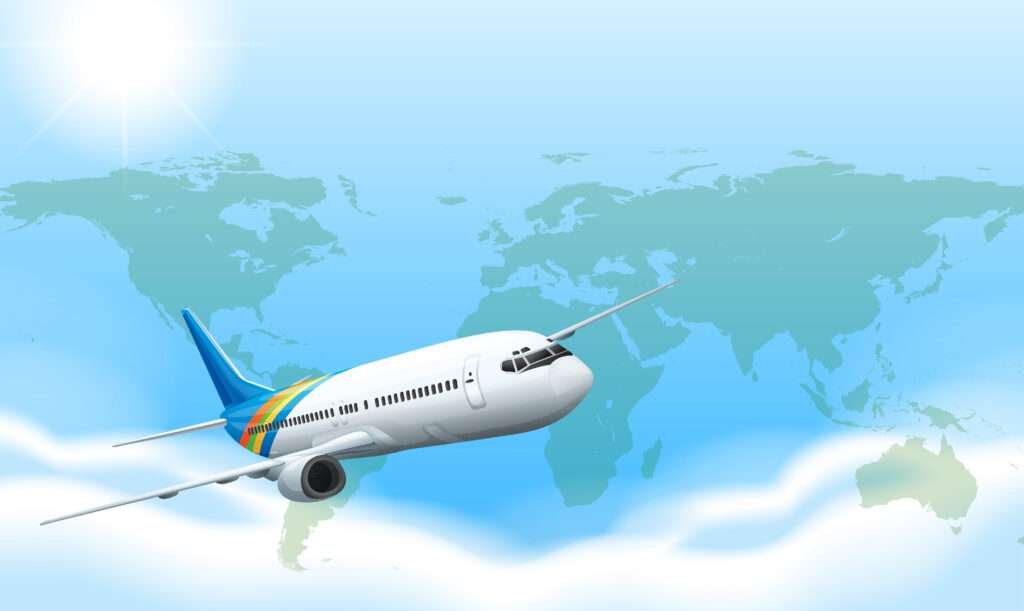
The Rise and Fall of the JetBlue-Spirit Merger: A Lesson in Corporate Competition
A Tale of Ambition: Unpacking the JetBlue-Spirit Merge
In the fast-paced, competitive landscape of the airline industry, mergers and acquisitions often serve as strategic maneuvers to reshape market dynamics and challenge the dominance of established players. The recent proposed merger between JetBlue Airways and Spirit Airlines, valued at $3.8 billion, epitomized this trend. The ambitious endeavor aimed to offer consumers more choices at lower fares, disrupting the status quo. Led by JetBlue’s new CEO, Joanna Geraghty, the merger was positioned as a bold move to provide a viable alternative to traditional carriers. However, what began as a promising venture ended in disappointment and legal intervention, shedding light on the complexities of corporate consolidation and regulatory scrutiny.
JetBlue and Spirit saw the merger as an opportunity to leverage their strengths and accelerate their growth trajectories. JetBlue, known for its customer-centric approach and strong brand loyalty, sought to expand its route network and compete more effectively with larger carriers. Spirit, renowned for its ultra-low-cost model and focus on budget-conscious travelers, aimed to gain access to JetBlue’s broader customer base and operational resources. Together, they envisioned a formidable force capable of challenging the dominance of industry giants.
However, their ambitious plans hit a roadblock when the Department of Justice (DOJ) raised concerns about the potential negative impact on competition and consumer welfare. Antitrust regulations loomed large, prompting legal scrutiny of the proposed merger. The Justice Department feared that the consolidation of JetBlue and Spirit could lead to reduced competition and higher fares, particularly for travelers reliant on Spirit’s budget-friendly offerings. Despite efforts by JetBlue and Spirit to assuage concerns and garner support for the merger, the government remained steadfast in its opposition.

The ensuing legal battle underscored the delicate balance between corporate ambition and regulatory oversight. JetBlue and Spirit found themselves on one side, advocating for the benefits of the merger in terms of increased choice, expanded routes, and enhanced operational efficiency. On the other side stood the Justice Department, representing the interests of consumers and competition. In January, a federal district judge sided with the government, blocking the merger on antitrust grounds. The decision dealt a significant blow to the aspirations of both airlines and sent shockwaves through the industry.
The collapse of the merger had profound implications for JetBlue and Spirit. JetBlue, which had invested considerable time and resources in pursuing the deal, lamented the distraction from its profitability goals and expressed disappointment over the failed merger. For Spirit, the setback was less severe, as the airline remained optimistic about its prospects as an independent carrier. However, ongoing financial challenges exacerbated by the pandemic underscored the need for a strategic rethink. The aftermath of the failed merger left both airlines at a crossroads, forced to reassess their market strategies and chart new paths forward.
Beyond the immediate fallout for JetBlue and Spirit, the demise of the merger raised broader questions about competition in the airline industry. With the consolidation of major players and the emergence of low-cost carriers, stakeholders grappled with the implications of regulatory interventions on market dynamics. The Justice Department’s success in blocking the merger sent a clear signal about the importance of preserving competition and consumer choice in the airline sector.
For consumers, the failed merger offered some reassurance, particularly for those who value the presence of low-cost carriers in the market. While mergers and acquisitions are commonplace in the airline industry, their outcomes can have far-reaching consequences for travelers and industry stakeholders alike. The demise of the JetBlue-Spirit merger serves as a reminder of the delicate balance between corporate ambition and regulatory oversight in shaping the future of air travel.
Looking ahead, the aftermath of the failed merger raises questions about the viability of consolidation efforts in the airline industry and the role of regulators in ensuring fair competition. As airlines navigate the challenges posed by the pandemic and changing consumer preferences, the lessons learned from the JetBlue-Spirit saga offer valuable insights into the complexities of corporate competition and the importance of regulatory scrutiny in safeguarding consumer interests.
- In conclusion, the demise of the JetBlue-Spirit merger underscores the intricacies of corporate consolidation and regulatory oversight in the airline industry. While the failed merger dealt a blow to the ambitions of both airlines, it also serves as a reminder of the importance of preserving competition and consumer choice in shaping the future of air travel. As the industry continues to evolve, stakeholders must remain vigilant in balancing corporate interests with the broader goals of competition and consumer welfare.



